April 14, 2025 | 14:23 GMT +7
April 14, 2025 | 14:23 GMT +7
Hotline: 0913.378.918
April 14, 2025 | 14:23 GMT +7
Hotline: 0913.378.918
The groundbreaking study, “One quarter of freshwater fauna threatened with extinction”, found that at least 4,294 species out of 23,496 freshwater animals on the IUCN Red List are at high risk of extinction. This global assessment, the result of over two decades of work by more than 1,000 experts worldwide, highlights the severe challenges freshwater ecosystems face.
Among the groups studied, crayfish, and shrimps face the highest risk, with 30% of species threatened, followed by 26% of freshwater fish species and 16% of dragonflies and damselflies.
Stephanie Wear, Senior Vice President at Conservation International, described the findings as deeply troubling, stating "It’s easy to see that freshwater ecosystems have been under extreme stress as drinking water becomes limited, droughts intensify and pollution seeps into these habitats. To learn that a quarter of the world’s freshwater species are at high risk of extinction as a result is a deeply troubling trend. Most threatened freshwater animals like shrimps, crayfish and crabs are small, living unseen beneath the surface but no matter their size, they are essential for keeping healthy the ponds, lakes and rivers that billions of people rely on. Environmental degradation is a risk to their survival and our own".
Underground water systems around the world have been found to contain more threatened species than expected. For instance, North America is home to a high number of threatened crayfish, such as the daisy burrowing crayfish (Fallicambarus jeanae) in Arkansas, which is Vulnerable on the IUCN Red List. Lakes, oases, and springs are hotspots for extinction. Similarly, hotspots like lakes, oases, and springs are increasingly at risk, with Lake Lanao in the Philippines losing 15 fish species to extinction as of 2020.
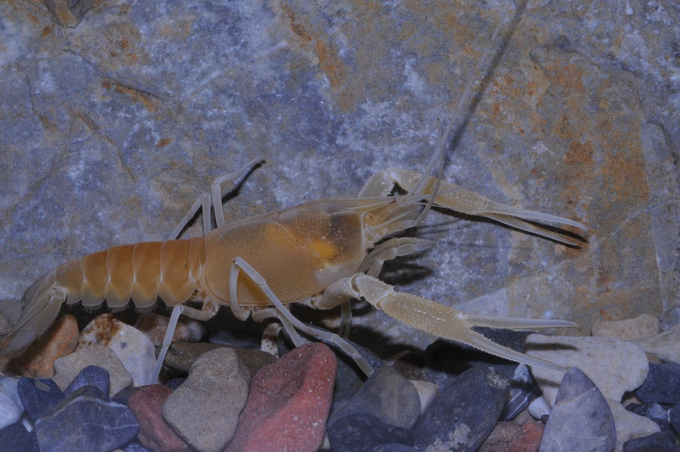
There is a high number of threatened crayfish, which is found Vunerable on the IUCN Red List. Photo: IUCN.
Key threats to freshwater ecosystems include agricultural land conversion, water extraction, and dam construction, which also block fish migration routes. Overfishing and the introduction of invasive alien species have had a particularly strong role in driving extinctions.
The paper also found that although the threatened freshwater animals studied tend to live in the same areas as threatened amphibians, birds, mammals and reptiles, they face different threats due to their specific habitats. Conservation action must therefore be targeted to these species.
Dr. Topiltzin Contreras MacBeath, Co-Chair of the IUCN SSC Freshwater Conservation Committee, stressed the importance of integrating freshwater species data into conservation strategies and water management plans: “Water stress and eutrophication are not good indicators for locating threatened species and should not be used to guide conservation. Instead, it is essential that freshwater species data are actively included in conservation strategies and water use planning and management, to ensure their practices support healthy freshwater ecosystems,” “Increased investment in measuring and monitoring freshwater species is needed to ensure conservation action and water use planning is based on the latest information.”
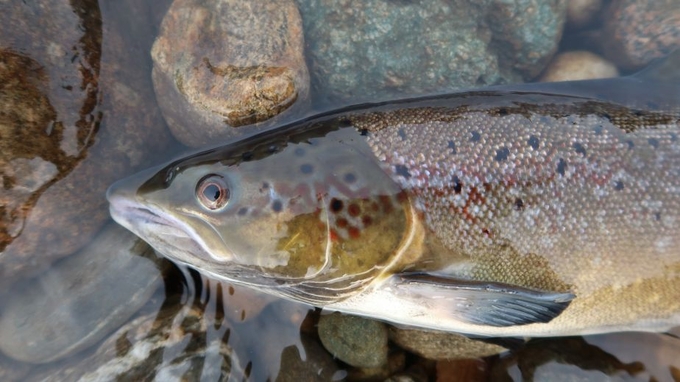
Atlantic salmon. Photo: JCU.
The IUCN World Conservation Congress on October, 2025 will guide conservation for the next four years, as the world works to achieve the Sustainable Development Goals and the Kunming-Montreal Global Biodiversity Framework targets by 2030.
The paper also recommends targeted action to prevent further extinctions and calls for governments and industry to use this data in water management and policy measures.
"The finding that one quarter of freshwater animals are at risk of extinction is a stark reminder of the urgent challenges we face in protecting biodiversity. This underscores how essential high-quality, accessible data is for identifying at-risk species and taking action to conserve them. By prioritising data-driven strategies, we can make more informed decisions to safeguard freshwater ecosystems and the species they support," said Anne Bowser, CEO of NatureServe.
Malin Rivers, Head of Conservation Prioritisation at Botanic Gardens Conservation International added "The urgent situation of freshwater ecosystems, with biodiversity facing significant risk of extinction requires immediate conservation intervention. It is important to address the principal threats and take targeted conservation action to mitigate further decline. Safeguarding the broader freshwater habitat, including both animals and plants, is crucial to ensuring the continued provision of essential ecosystem services for those who rely on these landscapes".
Historically, the important role of freshwaters in safeguarding global biodiversity has been overlooked, and key differences in how these systems should be managed are only now being recognised. It is imperative that conservation actors work collaboratively to address the challenges of pollution, shortsighted habitat modification, and the spread of invasive species head on. "The solutions to these threats may be novel and innovative, and the data presented here can be used as a roadmap to guide our collective efforts", said Tim Lyons, Director of Conservation at New Mexico BioPark Society.
Freshwater ecosystems and the species they support are often taken for granted, but they are critical to preventing biodiversity loss and securing livelihoods.
"This report really drives home just how under threat freshwater species are globally as a result of human activities. The good news is, it's not too late for us to tackle threats such as habitat loss, pollution and invasive species, to ensure our rivers and lakes are in good condition for the species that call them home," Dr Matthew Gollock, ZSL's Programme Lead for Aquatic Species and Policy, and Chair of the IUCN Anguillid Eel Specialist Group.
Freshwater landscapes are home to 10% of all known species on Earth and key for billions of people’s safe drinking water, livelihoods, flood control and climate change mitigation, and must be protected for nature and people alike.
The greatest number of threatened species are found in Lake Victoria, Lake Titicaca, Sri Lanka’s Wet Zone and the Western Ghats of India, according to the study. These areas are home to some of the highest freshwater biodiversity in the world, including many species found nowhere else on Earth.
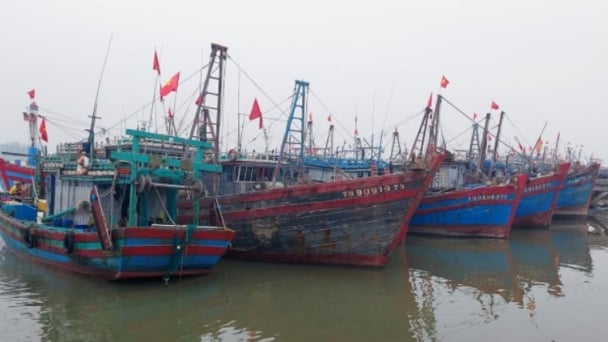
(VAN) The Deputy Minister of Agriculture and Environment underscored the necessity of addressing IUU fishing at the grassroots level and linking it to the accountability of local authorities.

(VAN) According to Deputy Prime Minister Bui Thanh Son, through this P4G Summit, Vietnam aims to convey the message of transforming its growth model towards rapid and sustainable development.
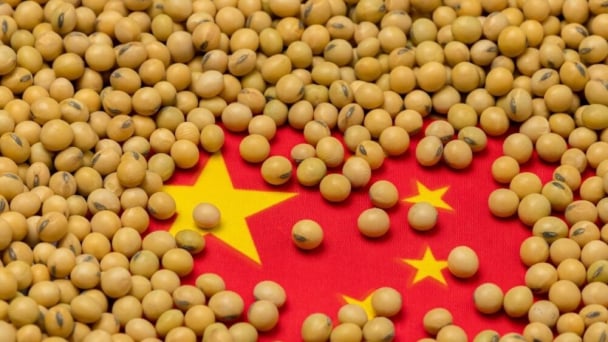
(VAN) Soybean production has been a priority for China to ensure food security, with increased soybean cultivation and yields highlighted in the annual No. 1 Central document.
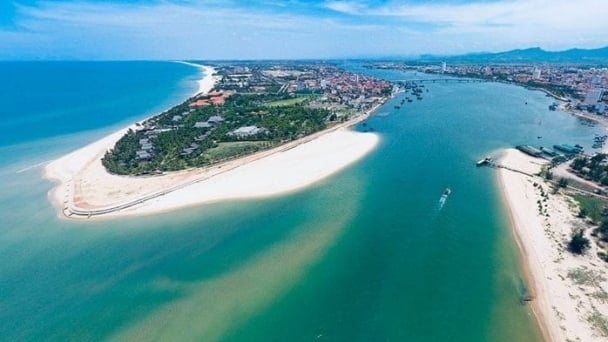
(VAN) Vietnam Sea and Islands Week 2025 is expected to take place in Quang Binh, featuring a series of meaningful activities aimed at protecting the ocean through green technology solutions.
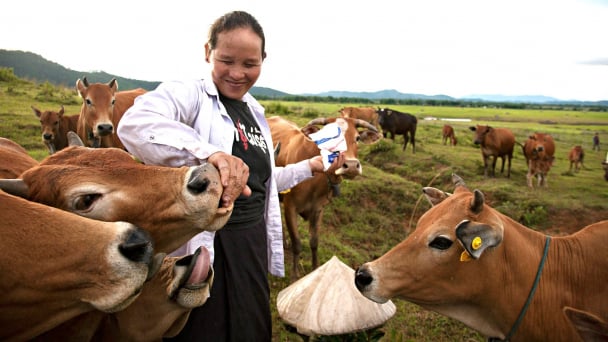
(VAN) The One Health approach is no longer merely an option, as increasingly complex challenges confront health and food systems.
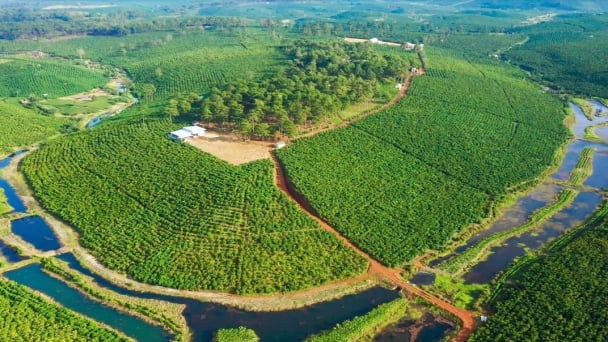
(VAN) The project promoting sustainable coffee production, with a focus on waste management and raising farmers’ awareness, has achieved many positive results after nearly two years of implementation.
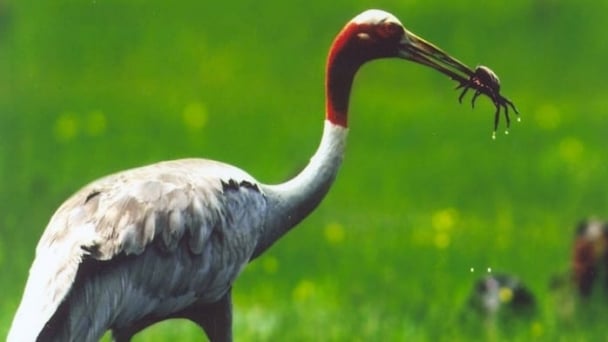
(VAN) Transferring and receiving 6 individuals of the red-crowned crane from Thailand to Vietnam marks a significant milestone in the conservation efforts for this species.